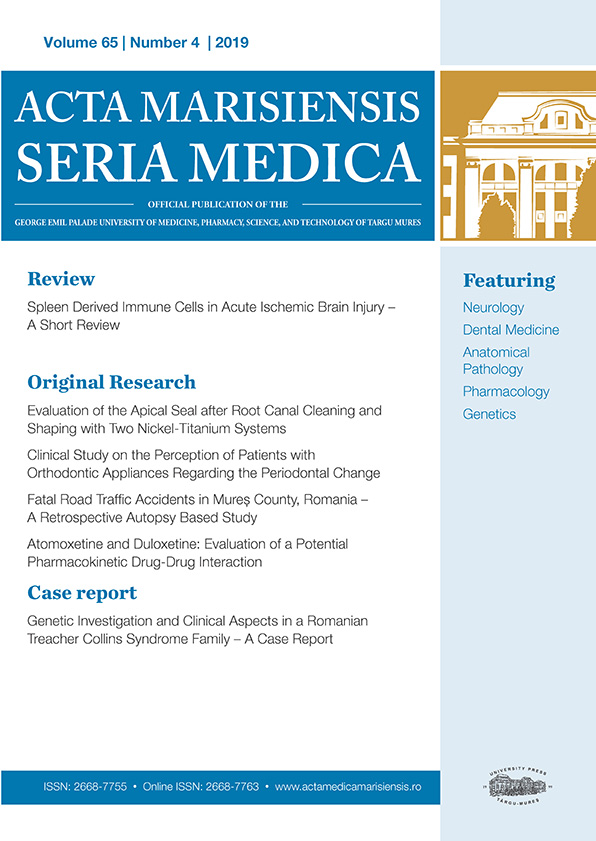The Influence of the COVID-19 pandemic on pediatric hospitalizations for type 1 diabetes mellitus
Abstract
Objective: In this retrospective cohort study, we aimed to provide a snapshot of how the pandemic has affected pediatric type 1 diabetes mellitus (T1D) admissions in our hospital.
Methods: This study included 117 patients aged 0-18 classified based on period (pre-pandemic vs. pandemic period 2020-2022) and type of diagnosis at admission: new-onset T1D (nT1D) or diabetic ketoacidosis (DKA)-decompensated T1D. We investigated the effect of the COVID-19 pandemic on the demographic, clinical, and laboratory characteristics of these patients.
Results: The proportion of admissions for nT1D increased compared to the pre-pandemic period: 71.6% vs 53.4%, p=0.048. The type of diagnosis at admission influenced 1) the sex distribution (males – more nT1D admissions, females – more frequent DKA admissions, p=0.01), and 2) hospitalization duration (longer for nT1D admissions than for DKA-decompensated T1D admissions, p=0.001). Blood glucose and HbA1c levels were not influenced neither by the pandemic period nor by the type of diagnosis. During the pandemic, a change in the T1D seasonality became apparent. A potential association pattern between new COVID-19 cases, number of T1D admissions, and stringency of restrictions was observed.
Conclusions: During the COVID-19 pandemic, the proportion of T1D admissions increased, as well as the severity of DKA-decompensated T1D cases. In addition, the pandemic period brought about notable shifts in the seasonality of pediatric T1D.
Copyright (c) 2024 Măriuca Mănescu, Ion Bogdan Manescu, Alina Grama

This work is licensed under a Creative Commons Attribution 4.0 International License.









